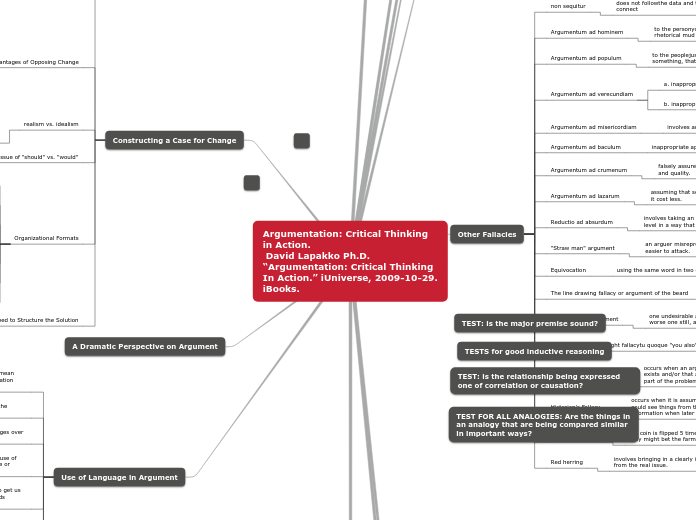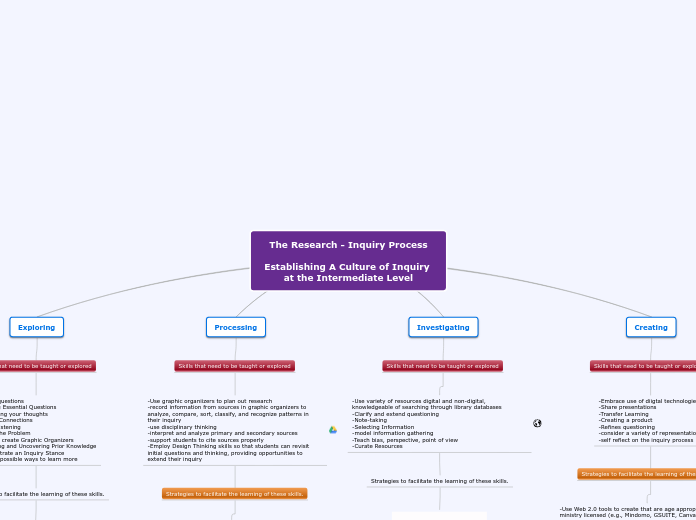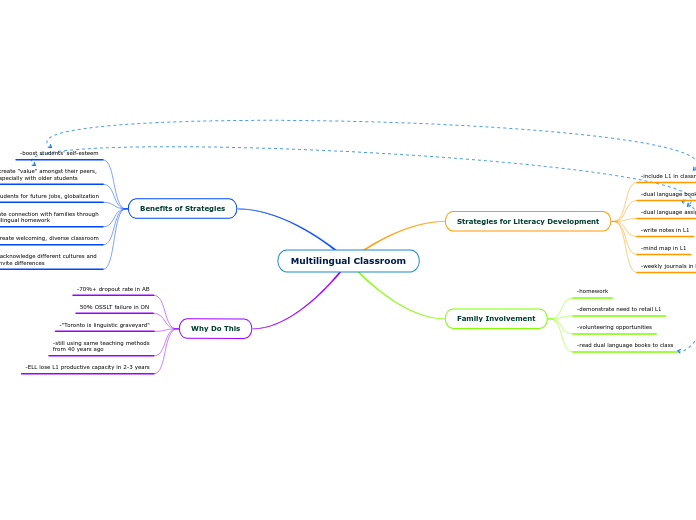Rottenberg, Annette T., and Donna Haisty Winchell. Elements of Argument. Bedford/St. Martin’s, 2015
Your overall goal is to make careful judgement of the extent to which an argument has succeeded in making a point (53).
Examining Written Arguments
Evaluation
Strategies
Evaluate author's vocabulary. Is it too complicated or simple? Are the key terms defined? (54)
Notice how the author follows through on the main claim, or thesis, of the argument (54).
Determine whether writer could have organized things more clearly, logically, efficiently (54).
Determine if the title effectively sums up the author's thesis statement.
Consider weaknesses of the argument, and locate instances of faulty reasoning, unsupported statements, and the limitations of the author's assumptions about the world (54).
By using the several types of argument, discover which points the author portrayed clearly and which topics make sense to the reader.
Discuss author's topic with others with opposite opinions to yourself to determine if you have properly disagreed.
In order to properly disagree with an author, read the entire argument to ensure author has not made their point clear.
Comprehension
Working with the Text (40)
Consider the visuals used as evidence or emotional enhancements for the author's position.
Don't overlook language signposts, usually transition words and phrases (40).
Use the topic sentences of each paragraph to determine the evidence being used.
Skim Reading for Overall Structure. Find out how the article or book is organized by identifying subheadings or chapters and their statement or thesis.
Understanding what the author is trying to tell you. It is often difficult when opinions and feelings of "right" and "wrong" disrupt understanding.
Summarizing
How to summarize effectively
4. Pay attention to overall meanings. Summaries should always be shorter than the original. state opinions objectively, and cite the author with their work (44).
3. Use both the words of the authors and yourself.
2. List "guideposts" in the text to better understand the main argument.
1. Read introduction and conclusion at least twice to determine main issues in the text.
Rhetorical (Structure) Summary
Summarizes the text in terms of rhetorical or structural choices the author made (44).
Referential (Content) Summary
The use of the author's ideas about the subject.
Strategies for Writing Rhetorical Summaries (45)
Toulmin Model
Is the claim supported with expert opinion?
How is the claim supported? With facts or statistics?
Does the author support a claim of fact, value or policy?
Rogerian Argument
Is there a depiction of compromise between the two parties?
Is there an attempt to establish a common ground?
Does the author sum up opposing views accurately?
Aristotelian Rhetoric
Does the author use deductive reasoning, showing how a generalization applies to a specific case(45)?
Does the author use examples?
Does the author make use of logical appeal?
Summarizing is the cornerstone on which all other critical reading and writing tasks are built (43).
Prereading
Strategies for Prereading (35)
4. Imagine the context in which the author was writing and the target audience.
Is it for a specific audience? Is it a conservative or liberal article?
3. Learn about the backround of the author.
Familiarize yourself with the author's motives and point of view to help you understand the piece.
2. Researching when and where the text was published will help you discover more about the author.
1. The title of the argument is important for setting the mood.









